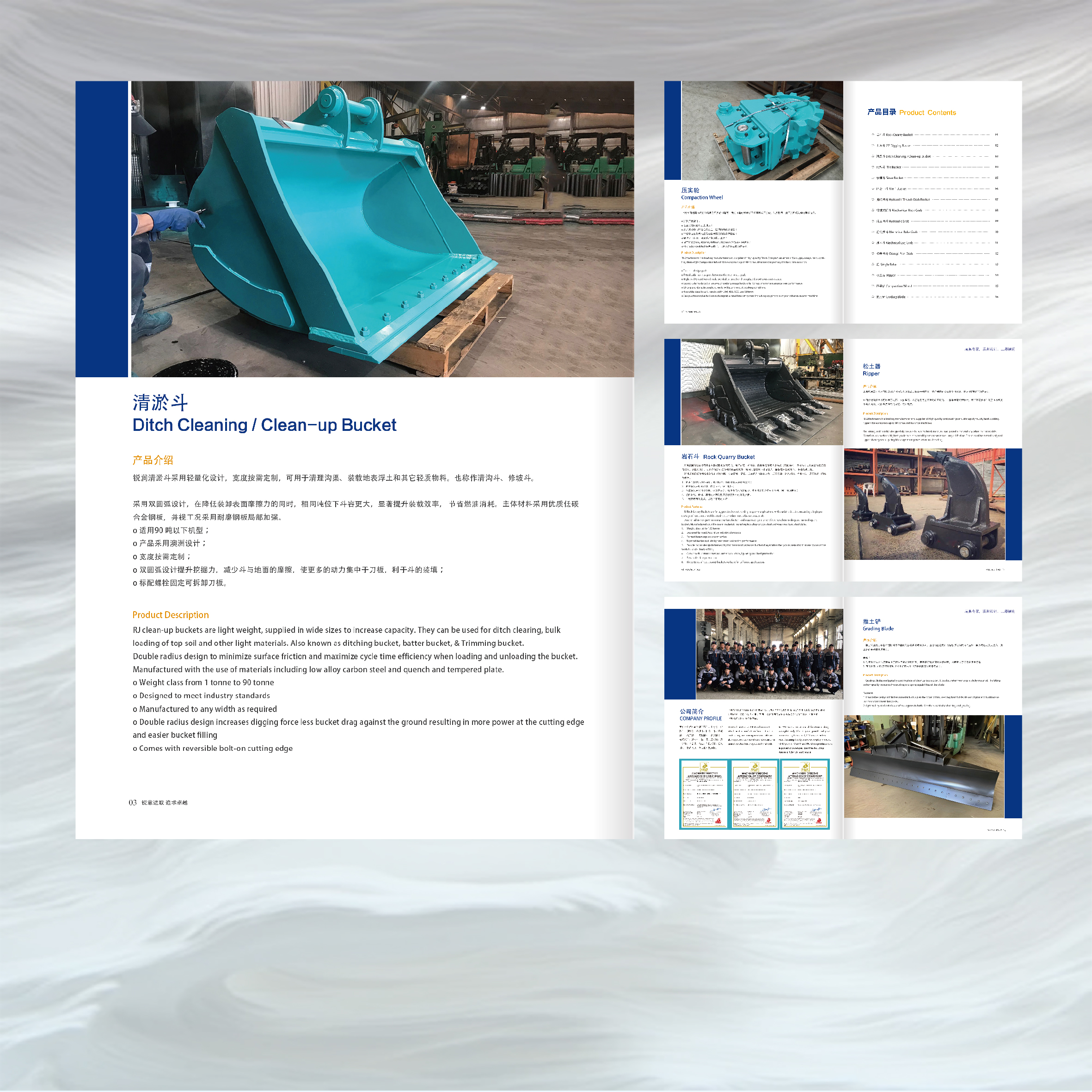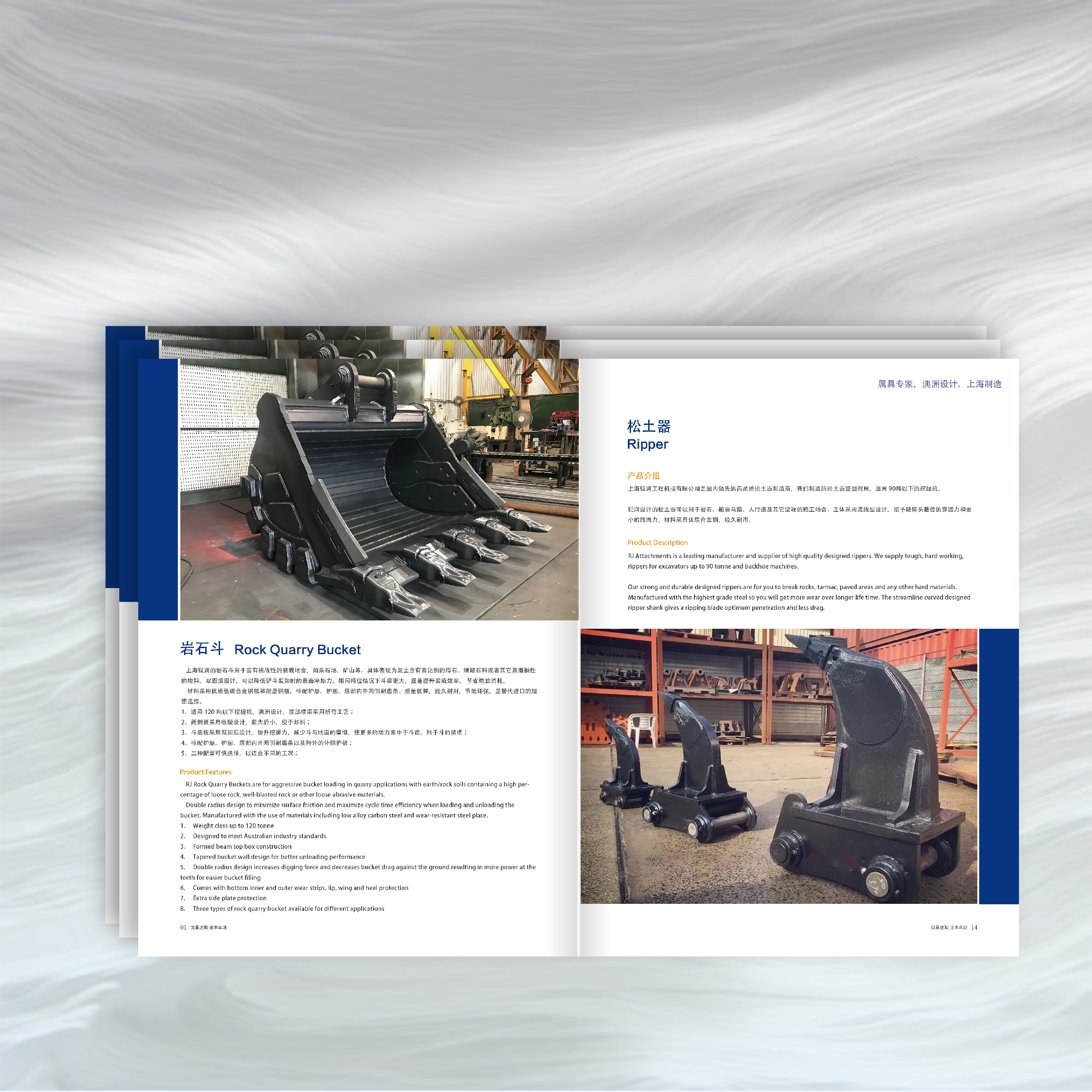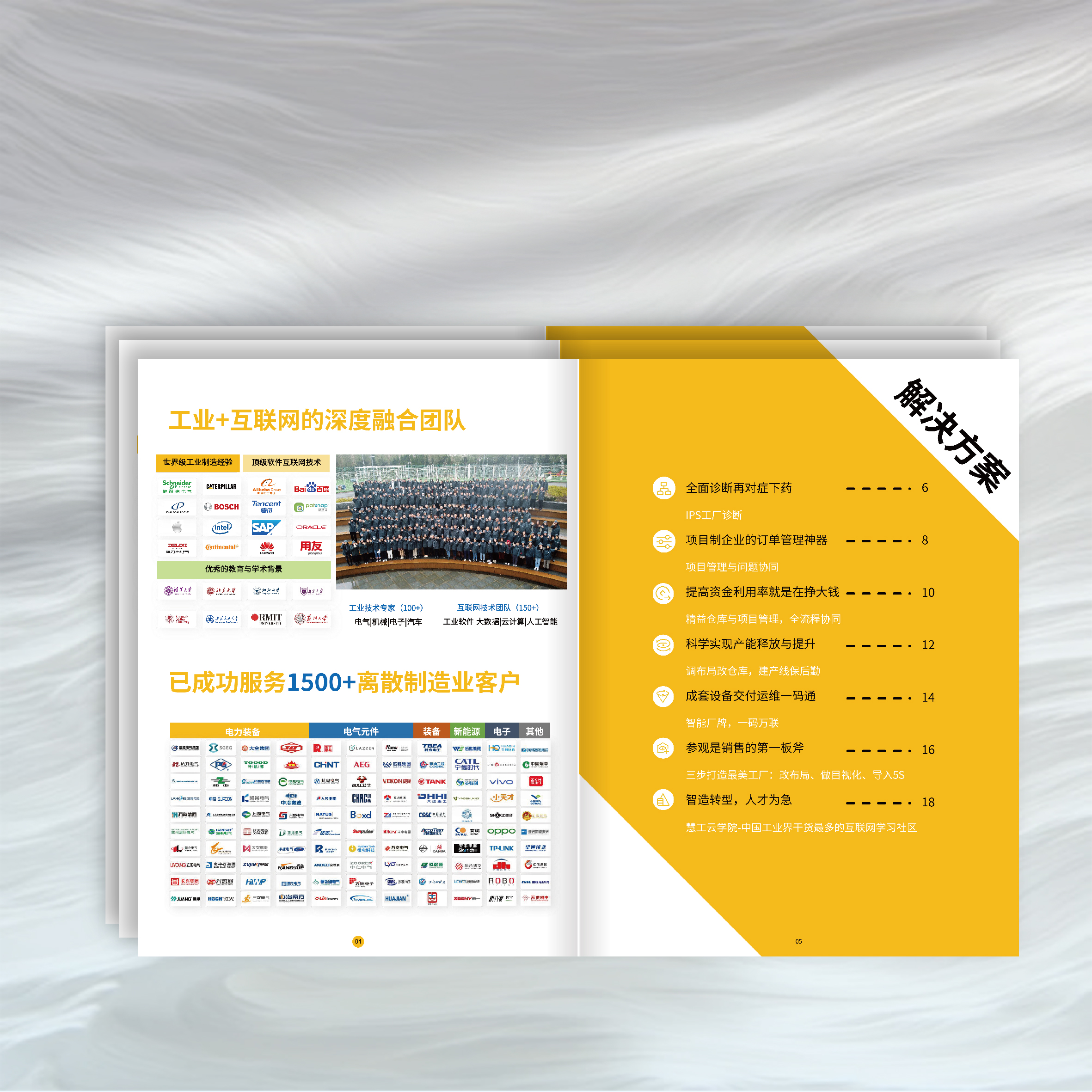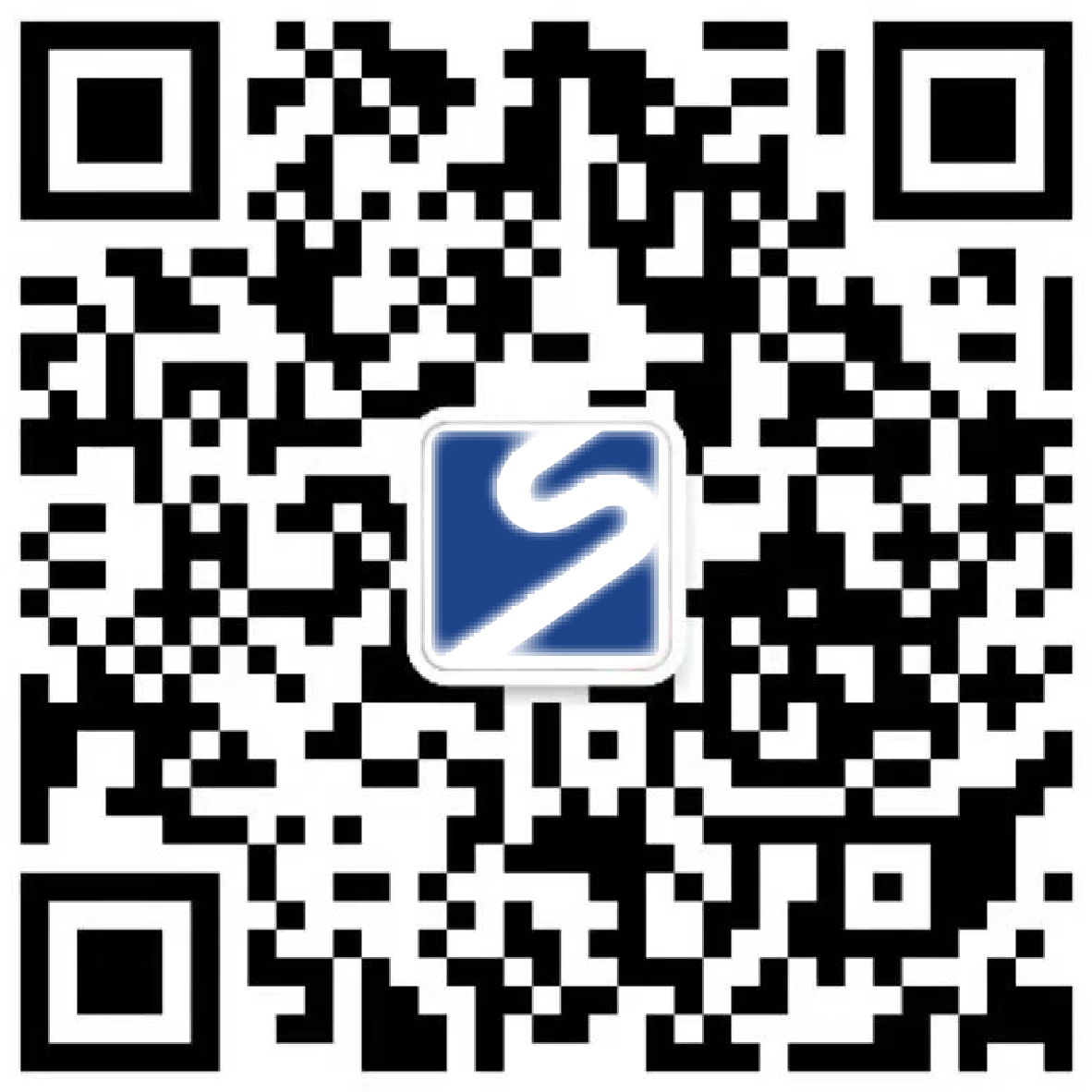Four-step workflow for enterprise users to design and print work case collections and picture albums, avoid repeated rework and improve design efficiency
In recent years, our team has been based in many architectural design institutes and design and construction companies, and has undertaken the design and printing requirements of a large number of corporate book case collections. During the service process, we found a wide problem: long project time, high communication cost, and many repeated modifications, resulting in low efficiency. In the final analysis, it is generally due to insufficient communication in the initial stage, irregular material preparation, unspecific design direction, and disordered implementation process in the later stage.
After learning from the bitter experience, we summarized and refined an effective four-step workflow. This process aims to significantly reduce unnecessary rework through clear stage division and standardized actions, significantly improve the overall efficiency of brochure design and smoothness of collaboration, and help enterprises efficiently produce high-quality brand promotional materials.
Step 1: In-depth communication and clear classification framework (laying the foundation stone)
This step is the cornerstone of all subsequent work, and its core lies in in-depth communication with Party A. on the attribute classification standards of cases. This step must not be vaguely passed.
Why is it important? The classification framework determines the catalog structure, content arrangement logic and user reading experience of the album. Clear classification allows the target audience to quickly find the information they need, and it is also convenient for the design team to build a unified visual system.
How to operate?
1. Take the initiative to ask for the project summary table: This is the starting point of communication. Be sure to ask Party A for a summary table of completed projects as detailed as possible (Excel and other formats), including key fields such as project name, location, type, scale, completion time, owner unit, design highlights, etc.
2. Discuss the classification dimension together: Based on the project summary table, discuss the most appropriate classification dimension with Party A. Common dimensions include :
Region: such as North China, East China and South China; Or by city, province.
Usage/Type: Such as residential, commercial, office, cultural and educational, medical, municipal, industrial, transformation, etc.
Project nature: such as overall planning, architectural design, interior design, landscape design, special design (such as BIM), green building).
Scale/volume: such as large public buildings, medium-sized communities, and small boutiques.
Completion time/stage: such as representative works, classic reviews and projects under construction in the past three years (to be specified).
Awards/Honors: Such as the award-winning project area.
Target audience: Sometimes the classification needs to consider the distributor of the album (such as the government, developers, potential customers).
3. Determine the primary and secondary classification logic: clarify what the primary classification (first-level directory) is? Is it type first, or region first? How to set up subcategories (secondary directories)? For example, the main category is by Building Type, and the sub-categories can be by Region or Size.
4. Reach consensus and confirm: The final classification framework (directory structure) must be confirmed in writing by Party A. This avoids subsequent large-scale content adjustments caused by structural problems.

Step 2: Material collection and commonness refinement (content standardization)
With a clear framework in place, the next step is to fill the flesh and blood-collect specific case materials and refine design clues.
Core task: Explicit request to Party A to provide high-quality materials for each selected case.
Material list requirements (must be clearly listed) :
High-definition renderings/real-life photos: The resolution is above 300dpi, and the composition is excellent, which can reflect the best angle and characteristics of the project. Ask for original documents (not pictures inserted into PPT or Word).
Core design drawings: such as general plan, key elevation, section, and large sample drawings of characteristic nodes (optional, need to be selected, not stacked). Require CAD files or exported high precision PDF/JPG.
Basic information of the project: overall planning, address, scale (floor area, building area), design/completion time, basic elements, owner unit, cooperative unit, etc.
Design description copy: refined text, explaining the project background, design concept, core challenges, innovation highlights, technology applications, etc. Avoid lengthy reports and refine key information.
Award-winning information (if any): award name, awarding authority, award time.
Designer's Key Action: Commonality Refining
Preliminary review of materials: Quickly browse all collected materials, evaluate their quality and completeness, and provide timely feedback on missing items.
Analyze visual commonalities: carefully observe the style, tone, angle preference, and expression techniques (realism, concept, bird's eye view, human viewpoint, etc.) of the renderings/photos. Think about how to unify or coordinate these visual elements in a giclee design.
Refine copywriting style and keywords: Read the design description, and refine the technical terms, expression styles and recurring key design concept vocabulary commonly used by Party A (such as "green ecology", "regional culture", "spatial mobility" and "intelligent construction"). These will become an important basis for copy polishing and visual transformation (such as icons and graphic elements).
Summarize the common report for confirmation: sort out the extracted visual style tendency, copywriting keywords and possible layout clues into a brief report and submit it to Party A for confirmation to ensure that both parties have a consistent understanding of the "tonality" of the content. This lays the foundation for the next step of design.

Step 3: Design proposal and direction confirmation (locking style)
The key to avoiding a big fight on the complete design draft is to quickly lock the direction with a small number of samples in the early stage.
Core value: Verify the biggest directional problem with minimal cost (design a few typical pages).
Specific operation :
1. Design the core page: According to the results of the first two steps (confirmed classification, material commonality and refined keywords), the designer carefully designs several representative pages:
Cover and back cover: reflect the brand tonality and overall temperament.
Table of Contents page: Clear presentation of the classification framework.
Chapter title page: represents the opening of different classifications (such as residential and public buildings).
Complete inner pages of 2-3 different types of cases: including renderings, drawings, and copywriting. Choose cases that best reflect commonalities and challenges.
Brand basic pages: such as company profile, philosophy and contact information pages.
2. Hold a proposal communication meeting: This is not a simple "submission", but an important design concept communication and confirmation meeting. Designers need to elaborate clearly :
The overall design concept (how to echo the commonality of corporate branding and refinement).
Typographic grid system (number of columns, margins, white space logic).
The setting basis of color system (brand color extension? Project common color?).
Reasons for choosing the font system (legibility, professionalism, style matching).
Picture processing style (cropping, tone, combination method).
Visual presentation of information hierarchy (how to distinguish the title, text and caption).
3. Focus on key feedback: Guide Party A to discuss the core design direction (overall style, tone, font, layout logic), instead of dwelling on a certain picture position or a certain punctuation mark in a certain case. Clearly inform the scope boundaries of this phase modification.
4. Get key confirmation: Be sure to obtain written confirmation from Party A on the core design direction (style, layout, color, font) of the proposal. This is the "sword of Shangfang" to avoid subsequent large-scale rework.

Step 4: Efficient execution, strict proofreading and accurate delivery (guaranteed landing)
After the direction is confirmed, it enters the comprehensive design and production stage. The goal of this stage is to complete the whole draft with high quality and high efficiency, and ensure the perfect presentation of the printed finished product. The core lies in process management, standardized operation and multiple rounds of quality inspection.
Standardized execution :
Formulate detailed design specifications: Based on the confirmed proposal, formulate a detailed Album Design Specification Document, which clarifies all design details: precise color value (CMYK), specified font and font size level, image processing standards (tone, contrast, sharpening degree), grid system parameters, paragraph styles, icon usage rules, etc. Ensure that this specification is strictly followed within the team (if collaborative) and for subsequent revisions.
Template application: Create InDesign or other typesetting software templates for different page types (title page, case page, plain text page, mixed graphic and text page). Designers only need to replace the content in the template to ensure the unity and efficiency of the whole book to the greatest extent.
Batch processing and link management: preprocess a large number of pictures (uniform resolution, color mode CMYK, naming rules). Be sure to use the "link" method to place pictures in typesetting software, so as to avoid bloated files and difficulty in updating them caused by embedding. Establish a clear folder structure to manage source files.
Multiple rounds of strict proofreading (the key to error prevention) :
Designer self-proofing: After completing the first draft, the designer must conduct at least one round of comprehensive self-examination, focusing on: the correspondence between pictures and texts, text content (especially project data, name, name, place name), page number sequence, whether the linked pictures are updated and whether they conform to the design specifications.
Cross-proofreading: Cross-check by other designers or professional proofreaders in the team, focusing on finding mistakes that the designer may overlook (typos, punctuation, inconsistent data, and pictures).
Party A's content proofreading (core): Provide clearly marked PDF proofreading manuscripts to Party A. Party A is required to focus on checking the accuracy of all text contents (project information, design instructions, data, contact information) and the corresponding relationship between pictures, drawings and projects. Clear proofreading cycles and feedback methods (using PDF annotation tools). At this stage, disruptive modifications to the confirmed design style, layout and color should be avoided, unless major design errors or inconsistencies with specifications are found.
Final draft confirmation: After integrating all proofreading feedback and revising, provide the final PDF to Party A for final written signature confirmation. Emphasize that this manuscript is the basis for printing.
Prepress Preparation and Delivery :
Prepress inspection: Use a professional prepress inspection tool (such as Acrobat Preflight) or check the document by the printing factory to ensure that: all text is converted (or embedded in fonts), the picture is in CMYK mode with sufficient resolution (300dpi), the color mode is correct, the bleed setting (usually 3mm), and the page size is correct.
Process confirmation: Confirm the final printing process together with Party A and the printing factory: whether the cover is coated with film (light film/matte film), partial UV, bronzing/silver? Number of grams and type of interior paper? Binding method (lock thread glue binding, saddle stud, hardcover)? These process choices directly affect document production requirements (e.g. spot color version required for bronzing).
Accurate delivery: Provide the printing factory with a compliant, complete and final verification package of printing documents (usually including PDF/X format files, necessary spot color files, process documentation). At the same time, back up a final electronic file to Party A.
Proofing confirmation (optional but recommended): For important projects or complex processes, the printing factory is required to provide digital samples or traditional printing samples (blue paper/color draft) for final confirmation of physical color and process effect, and batch printing can be made after signature.
Professional processes create efficient and high-quality products. Corporate case collection albums are an important carrier of corporate strength and brand image. Its production process involves many professional links such as content planning, visual design, copywriting and proofreading, and printing technology. Following the four-step workflow of "clear classification framework-> standardized material collection and commonality refinement-> proposal locking core design direction-> standardized execution and multiple rounds of quality inspection", it is essentially to build a clear collaboration map and quality control node at the beginning of the project.
Reduce directional errors through pre-communication (classification, material requirements), avoid design overthrowing through sample verification (proposal), ensure content accuracy and visual unity through standardized execution and multiple rounds of proofreading, and finally through accurate pre-press preparation Ensure perfect landing. Every step is rigorous and meticulous, in order to minimize information asymmetry and ineffective rework, and concentrate valuable resources and time on creation and optimization.
Professional album design , not only visual beautification, but also a set of scientific and efficient project management methods and collaboration mechanisms. When enterprise users and design service providers can deeply understand and practice this process, they can significantly improve communication efficiency, reduce project risks, and finally efficiently produce high-quality publicity brochures that not only conform to the corporate brand tonality, but also accurately impress the target audience. Choosing album design services that follow professional processes is choosing an efficient road to successful brand communication.



